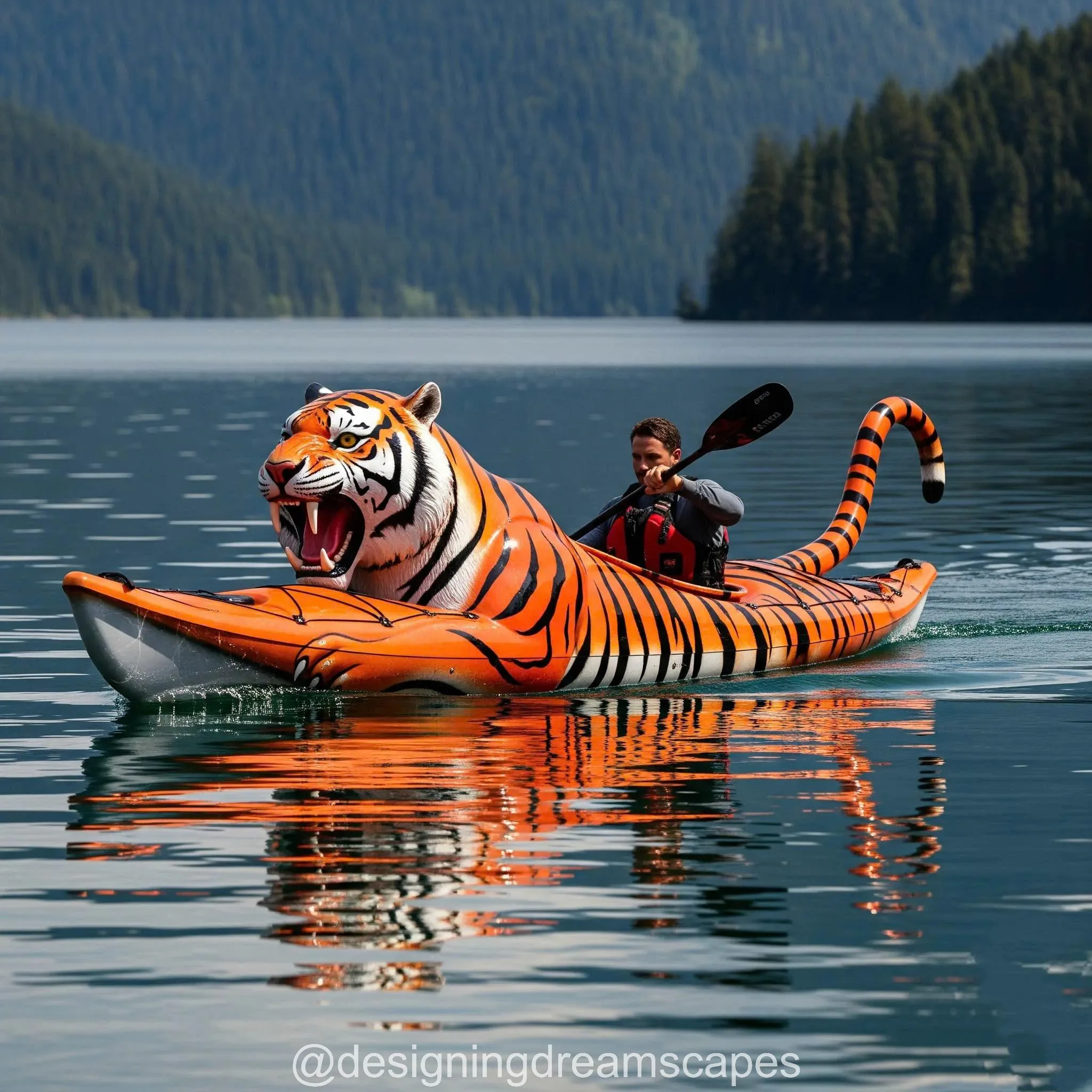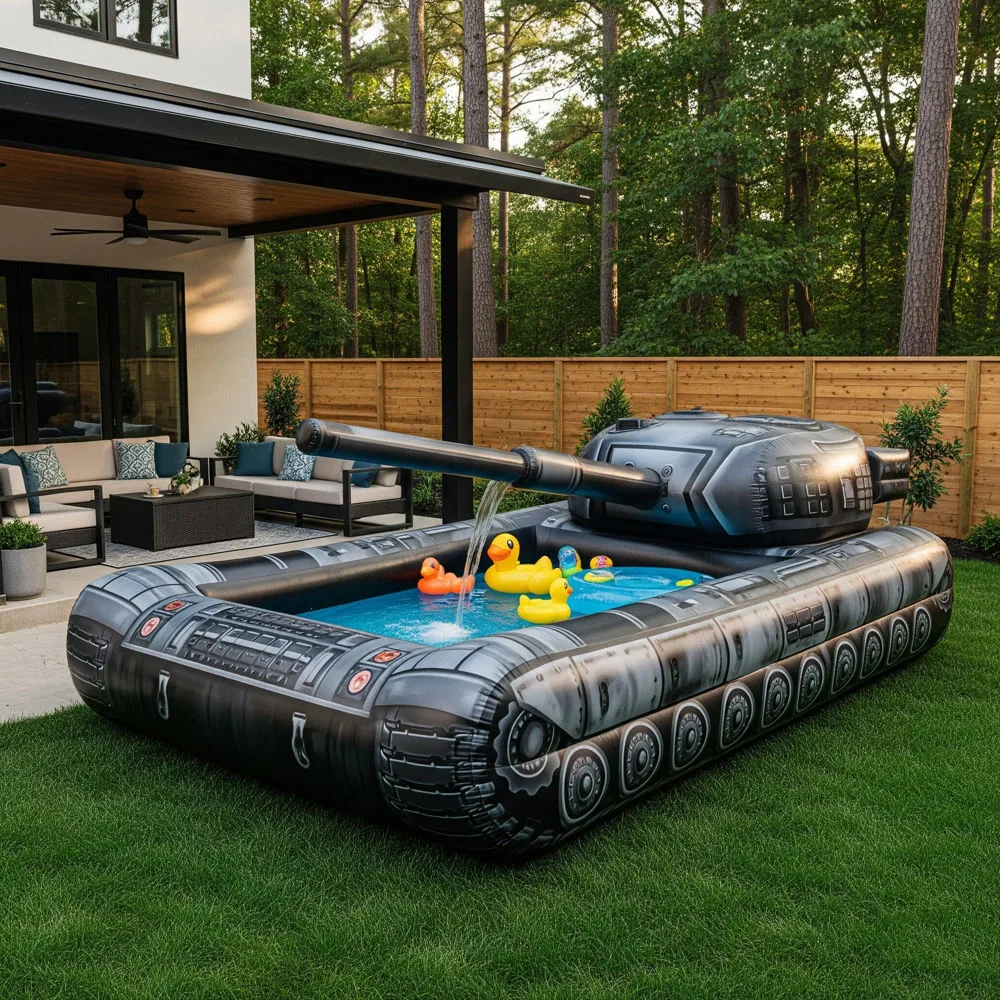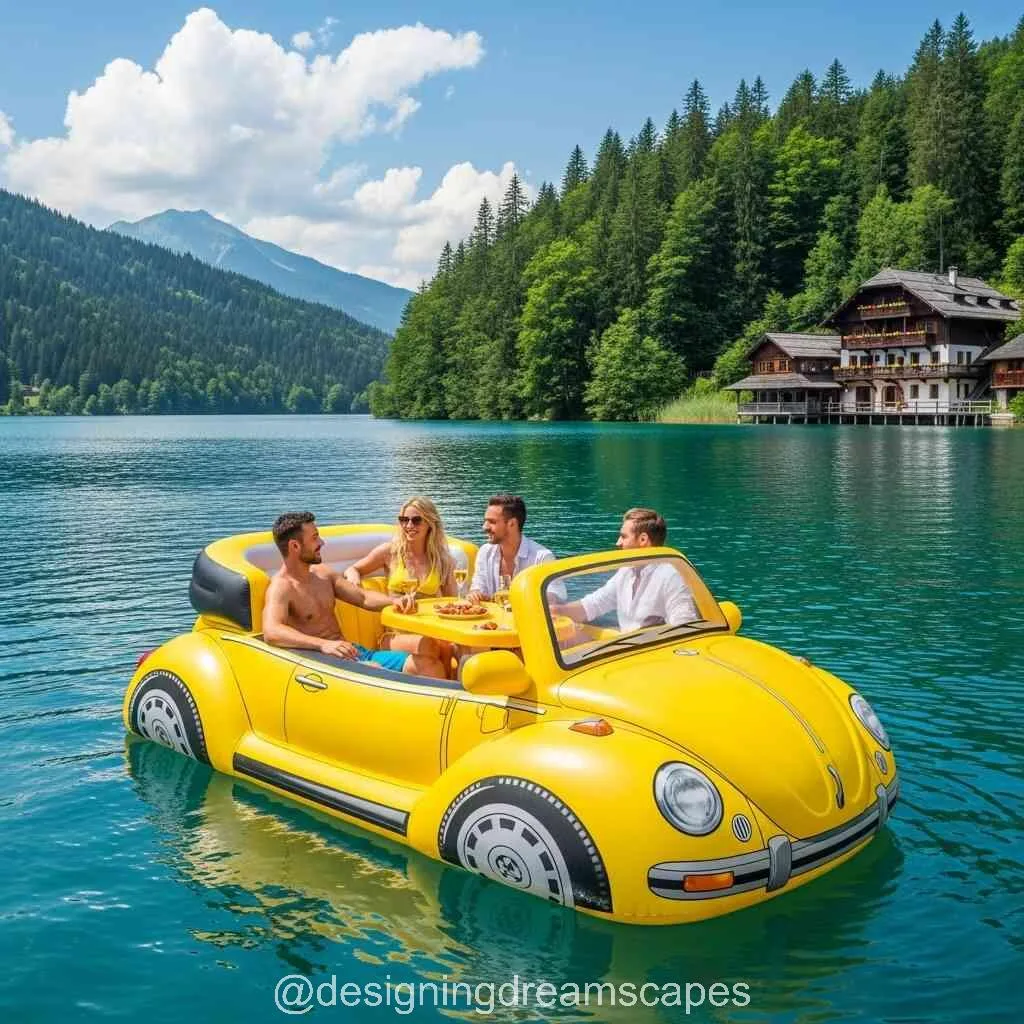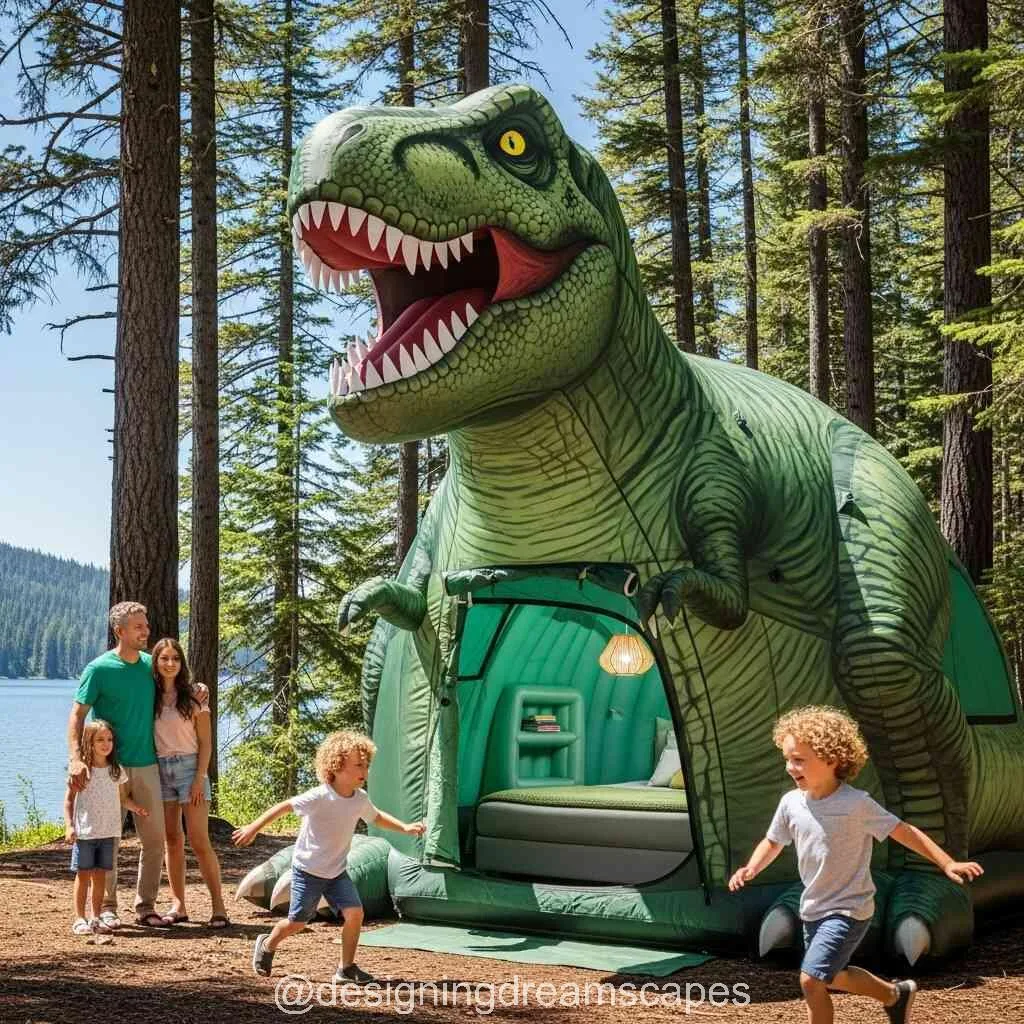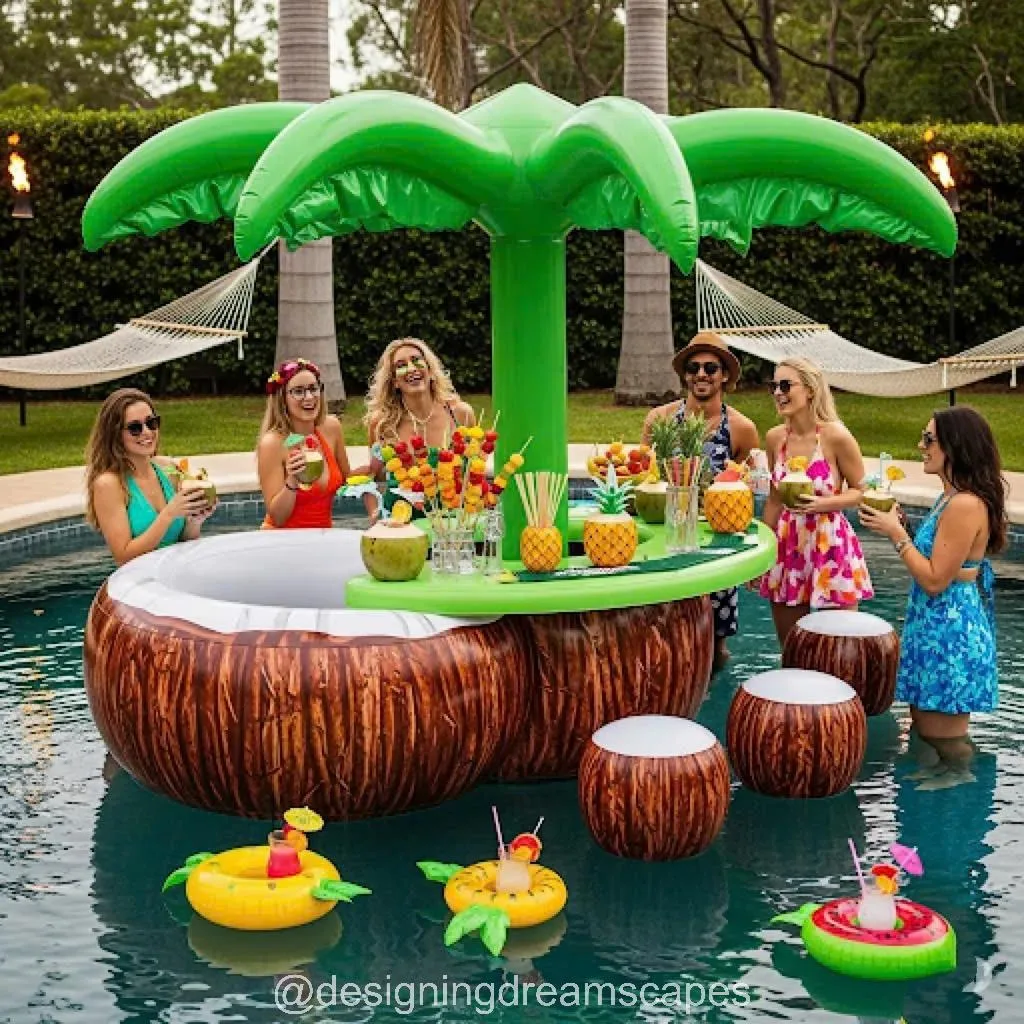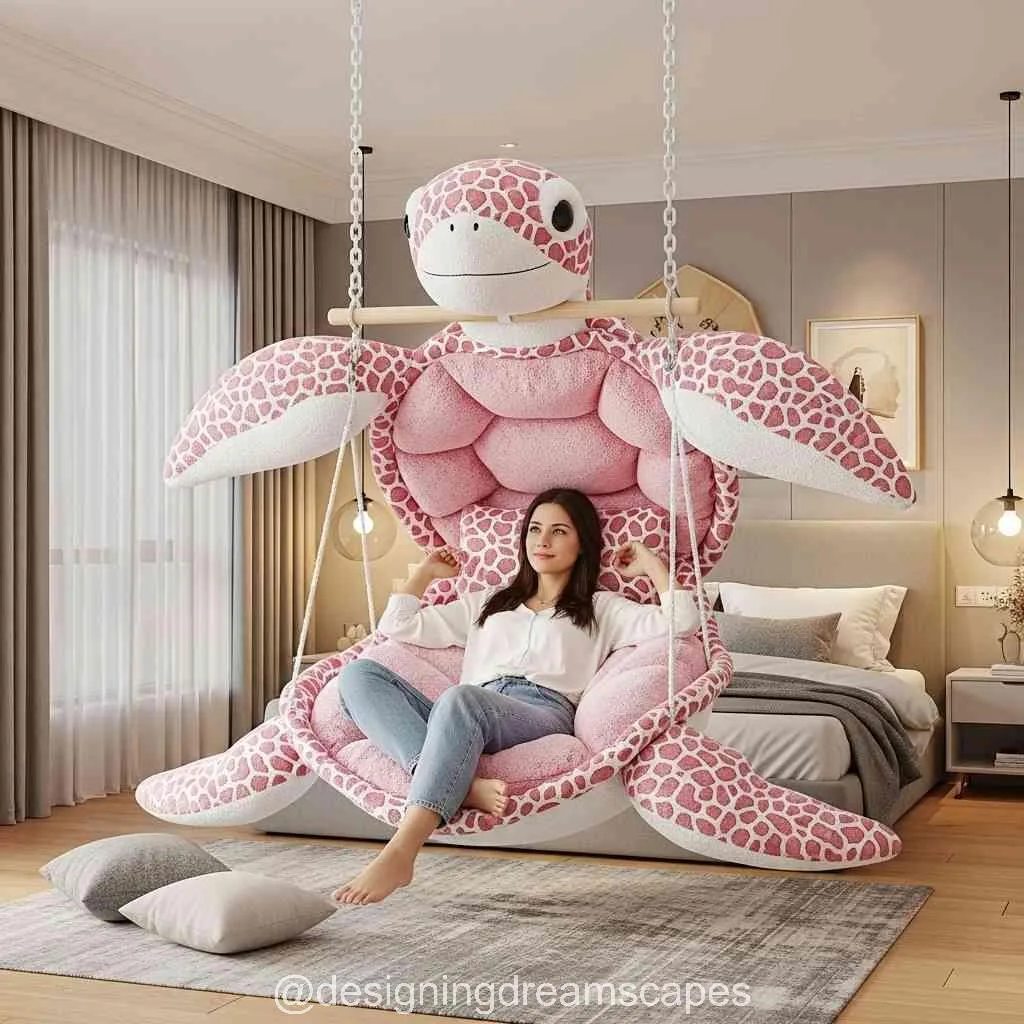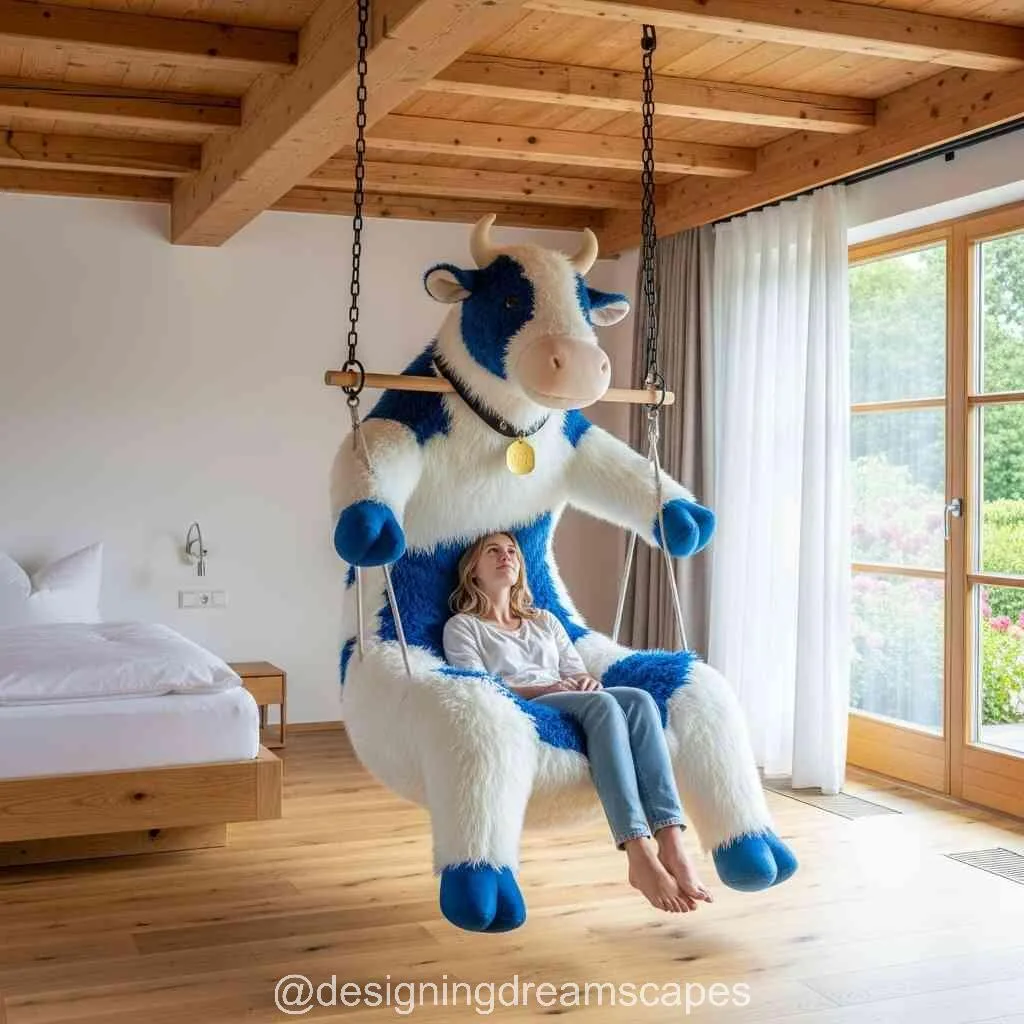The call of the wild meets the creativity of design in a spectacular fusion of function and fun: Animal Shaped Kayaks. These whimsical yet fully functional watercraft are not just about making a splash visually—they’re redefining what it means to experience outdoor water adventure. Whether you’re a seasoned paddler or a weekend explorer, animal shaped kayaks offer a unique way to connect with nature while expressing personality, creativity, and love for animals. These kayaks turn every trip downriver, across lakes, or through coastal waters into a journey of wonder, self-expression, and adventure.
In this article, we’ll dive into the world of animal shaped kayaks—what they are, their origins, practical uses, design appeal, and why they’re quickly becoming the centerpiece of kayaking culture. Let’s paddle into this wild and stylish adventure.
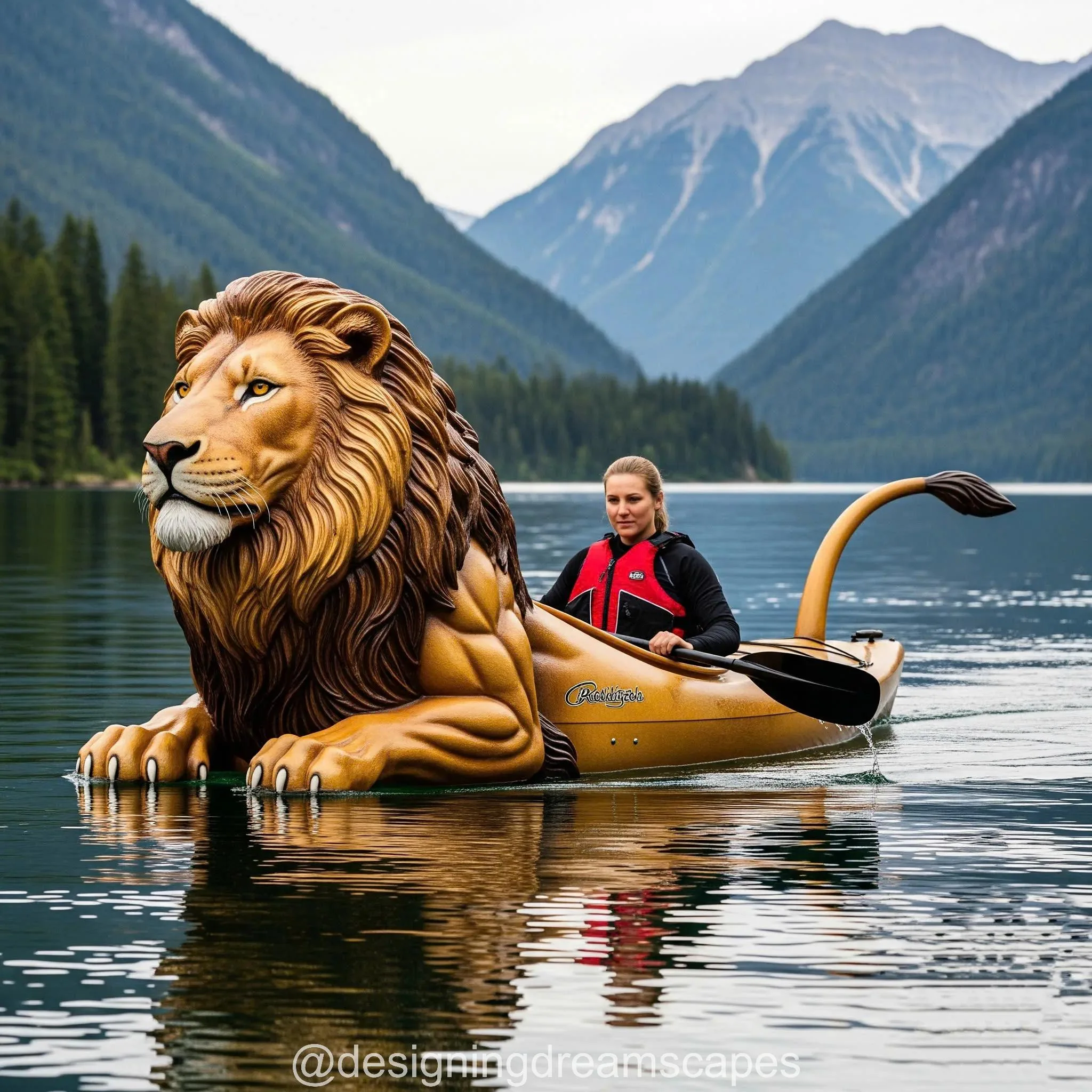
1. What Are Animal Shaped Kayaks?
Animal shaped kayaks are exactly what the name implies: kayaks designed in the shape of animals. But they’re more than just novelty items. These kayaks are functional vessels, often crafted with the same durable materials and hydrodynamic designs as traditional kayaks, but molded or painted to resemble creatures such as dolphins, crocodiles, sharks, turtles, or even fantastical beasts like dragons.
Rather than sacrificing performance for form, many manufacturers of animal shaped kayaks work hard to preserve balance, speed, and paddling comfort—while delivering a kayak that turns heads wherever it goes. The combination of eye-catching aesthetics and real functionality makes these kayaks a niche favorite among adventurers, nature enthusiasts, families, influencers, and eco-tourism operators.
2. The Origins and Rise of the Trend
While kayaks have ancient origins rooted in indigenous cultures of the Arctic, modern recreational kayaks have evolved dramatically, especially in terms of design and usage. The idea of turning kayaks into animal-shaped art forms likely emerged from the intersection of outdoor sports and artistic creativity—particularly as social media, personal branding, and eco-awareness have surged.
Artists, engineers, and outdoor gear innovators began experimenting with unique kayak designs that could simultaneously serve as:
- Eye-catching art pieces
- Promotional tools for tourism
- Tools for environmental education
- Fun family and youth recreation vessels
As a result, animal shaped kayaks gained traction. In today’s outdoor and marine recreation markets, they are growing in popularity, supported by both small custom makers and a few mass-production brands tapping into this highly visual, playful product category.
3. Style Meets Function: The Design of Animal Shaped Kayaks
Form and Aesthetics
The artistry behind animal shaped kayaks is remarkable. From sleek shark kayaks with dorsal fins to gentle sea turtle shapes with flipper-like sides, the designs often pay homage to the real-life animal’s physical features and symbolism.
Some common design elements include:
- Curved snouts or beaks for creatures like whales, ducks, or crocodiles
- Painted eyes, scales, or feathers
- Textured or molded surfaces for added realism
- Colors matching natural or fantasy versions of the animal
- Tail ends designed to act as rudders or just for show
Performance and Engineering
Don’t be fooled by their fun looks—animal shaped kayaks can paddle like pros. Designers must account for:
- Hydrodynamics: Ensuring water flow is efficient
- Balance and Buoyancy: Especially in parts of the kayak that mimic the animal’s head or tail
- Comfort: Ergonomic seating, footrests, and storage space
- Weight and Durability: Typically made with polyethylene or fiberglass to ensure they last
Some even include pedal drive systems or motorized options, especially in larger or tandem models that resemble whales or crocodiles.
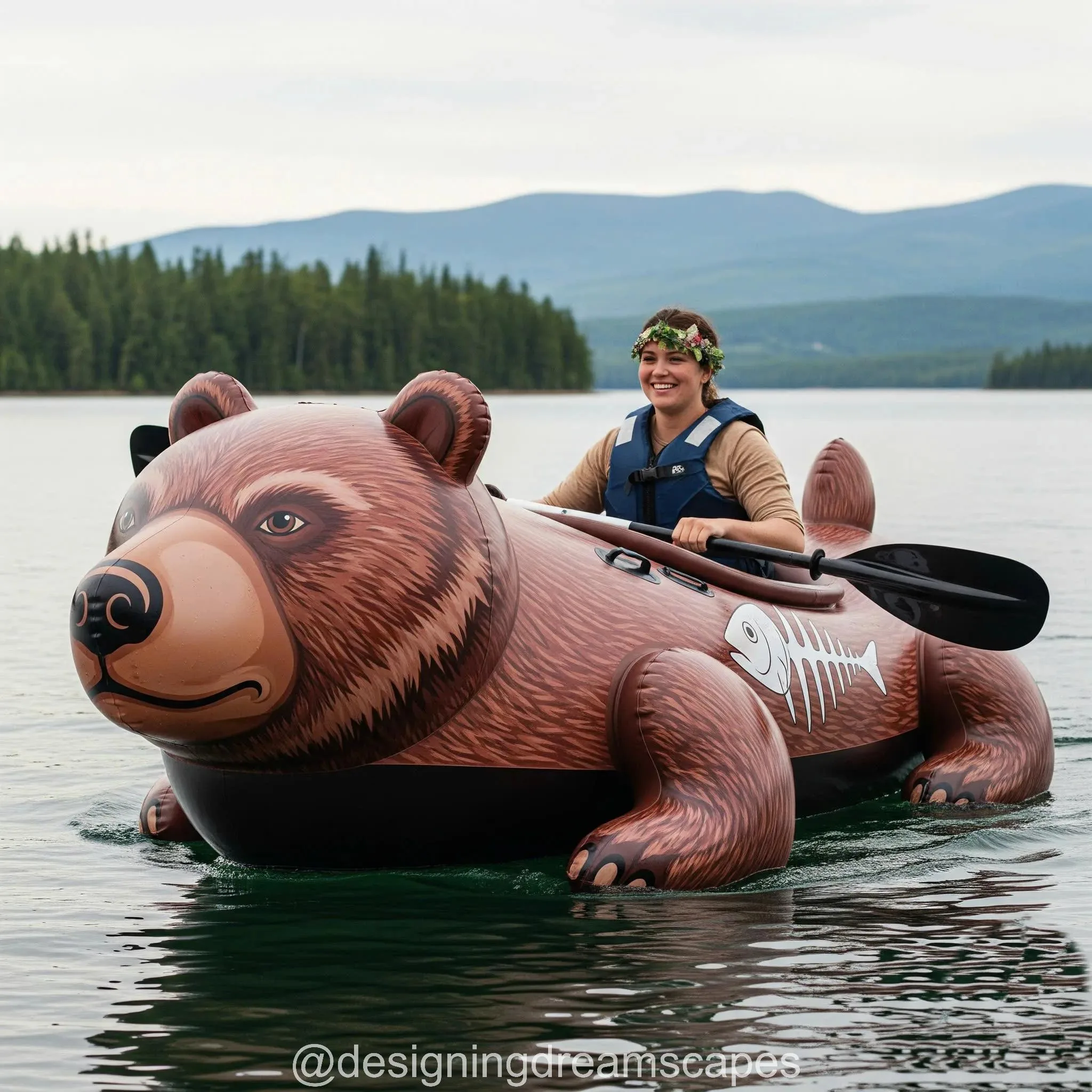
4. The Symbolism and Psychology of Animal Designs
Animal shaped kayaks aren’t just eye-candy—they carry powerful symbolic and emotional weight.
- Shark Kayaks might symbolize strength, speed, and dominance. Perfect for thrill-seekers and bold paddlers.
- Turtle Kayaks represent peace, endurance, and eco-awareness. Often a favorite among conservationists.
- Swan or Duck Kayaks can evoke elegance, playfulness, or family-friendly vibes.
- Dolphin Kayaks symbolize intelligence, freedom, and harmony with the ocean.
- Dragon Kayaks may appeal to fantasy fans or paddlers seeking mythical flair.
Choosing an animal shaped kayak is, for many, a personal statement—one that speaks to their identity, beliefs, and how they interact with nature.
5. Where to Use Animal Shaped Kayaks: Adventure Settings
Lakes and Calm Waters
Great for casual paddling and family trips. Animal shaped kayaks here offer a relaxing experience while attracting attention on calm, scenic waters.
Eco-Tours and Wildlife Sanctuaries
Some eco-tourism operators use animal kayaks as educational tools. Imagine gliding silently through mangroves in a turtle-shaped kayak while learning about marine life. It enhances storytelling and environmental engagement.
Coastal Adventures
Shark or whale kayaks are especially popular for sea kayaking, where users can spot real marine life and feel more connected through their themed kayak.
Rivers and Adventure Parks
Custom-shaped kayaks add fun and fantasy to adventure parks, especially in family or youth zones. Their playful designs make kayaking approachable even for beginners or children.
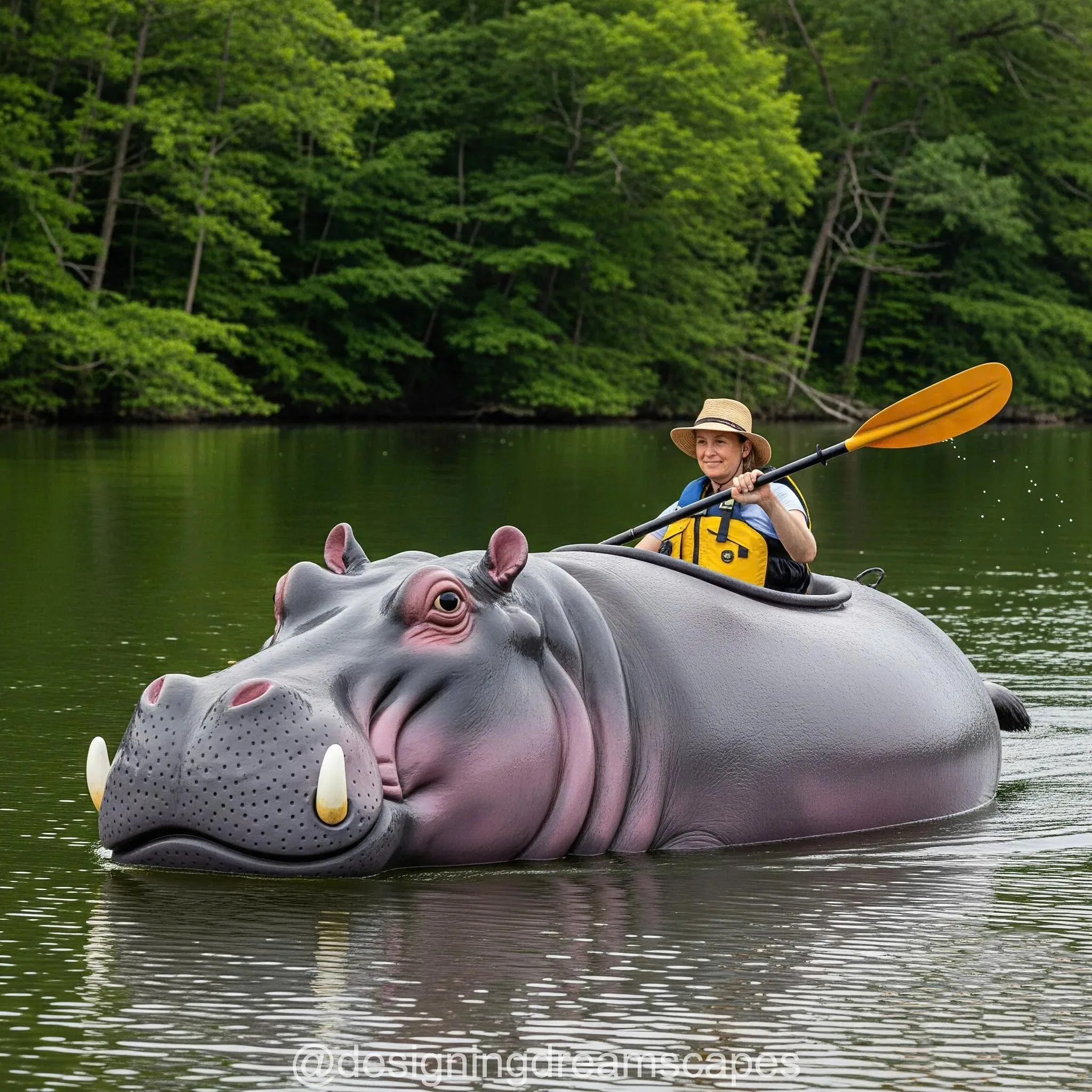
6. A Favorite for Families and Influencers
Animal shaped kayaks are a social media magnet. Instagram, TikTok, and YouTube are filled with videos and photos of vibrant kayaks shaped like dolphins or flamingos paddling against beautiful backdrops. The shareable nature of these kayaks makes them popular among influencers, content creators, and travel bloggers.
For families, these kayaks offer an unforgettable bonding activity. Children are particularly drawn to animal-themed designs. A flamingo-shaped kayak or hippo-shaped tandem model can turn a regular kayaking outing into a magical memory.
Some models even come with child seating, or extra safety features like extended side flaps for stability and fun water-squirting attachments.
7. Education, Conservation, and Eco-Conscious Messaging
Animal shaped kayaks are also being used as tools for environmental education and conservation.
Organizations and tour guides are incorporating these kayaks into their programs to:
- Teach children about endangered species
- Create themed eco-cleanup events (e.g., “Shark Patrols” to collect waste)
- Inspire respect for marine and freshwater habitats
- Promote sustainable water recreation
Seeing a kayak shaped like a dolphin or sea turtle is a gentle yet effective reminder of the creatures we share the planet with. It helps raise awareness in a fun, engaging, and non-preachy way.
8. Customization and DIY Creativity
Another rising trend is custom-built animal shaped kayaks. Artists and crafters have begun converting traditional kayaks into masterpieces, using paint, 3D elements, and sculpted parts.
Some makers offer:
- Personalized color schemes
- Choice of animal design
- Names or logos painted on the sides
- Functional accessories like waterproof storage, GPS mounts, or solar lighting
DIY communities have emerged on Reddit, Pinterest, and YouTube, where enthusiasts share tutorials on creating their own animal kayaks using foam, PVC, fiberglass, and marine paint.
This customization trend empowers users to create something truly theirs, turning watercraft into a floating self-portrait.
9. Buying Guide: What to Look For
If you’re considering purchasing an animal shaped kayak, keep the following in mind:
- Purpose: Recreational, touring, fishing, or family fun?
- Material: Polyethylene is more affordable; fiberglass is sleeker and faster.
- Size and Weight Capacity: Ensure it fits the intended users (and the animal shape doesn’t reduce storage space).
- Stability: Especially important for children or new paddlers.
- Transportability: Some designs might be bulkier than standard kayaks. Check car rack compatibility.
- Cost: Expect to pay more for custom or premium designs, though affordable models do exist.
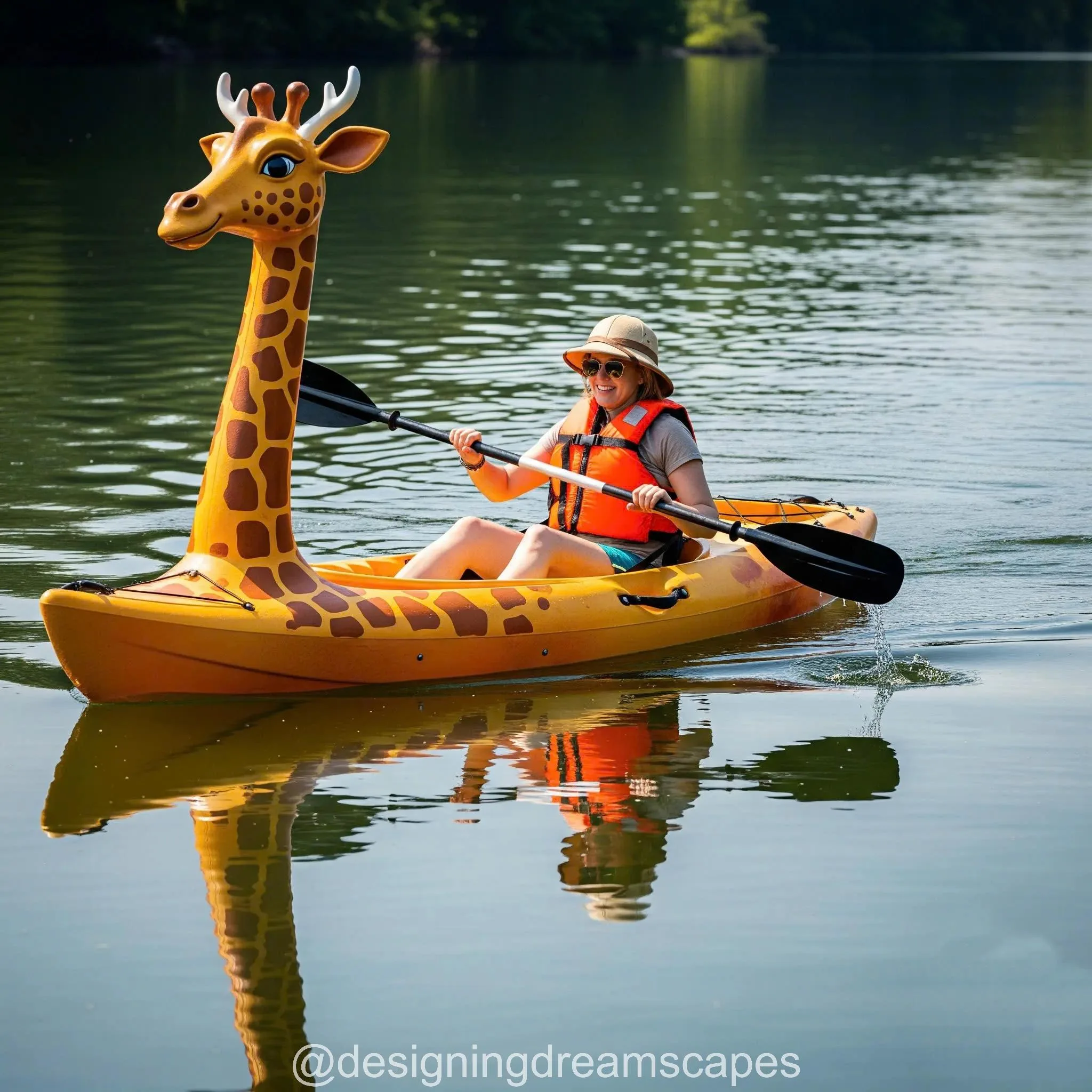
10. Animal Shaped Kayaks Around the World
From theme parks in the U.S. to lakes in Europe and eco-resorts in Asia, animal shaped kayaks have made a global splash.
- In Japan, koi fish and turtle kayaks are popular in nature-themed resorts.
- In the U.S., Florida and California have seen a rise in flamingo and dolphin designs.
- In Australia, crocodile and platypus-themed kayaks appear in family parks.
- In Europe, swan and dragon kayaks glide across historical castle moats or scenic lakes.
No matter the location, the reaction is the same: smiles, surprise, and curiosity.
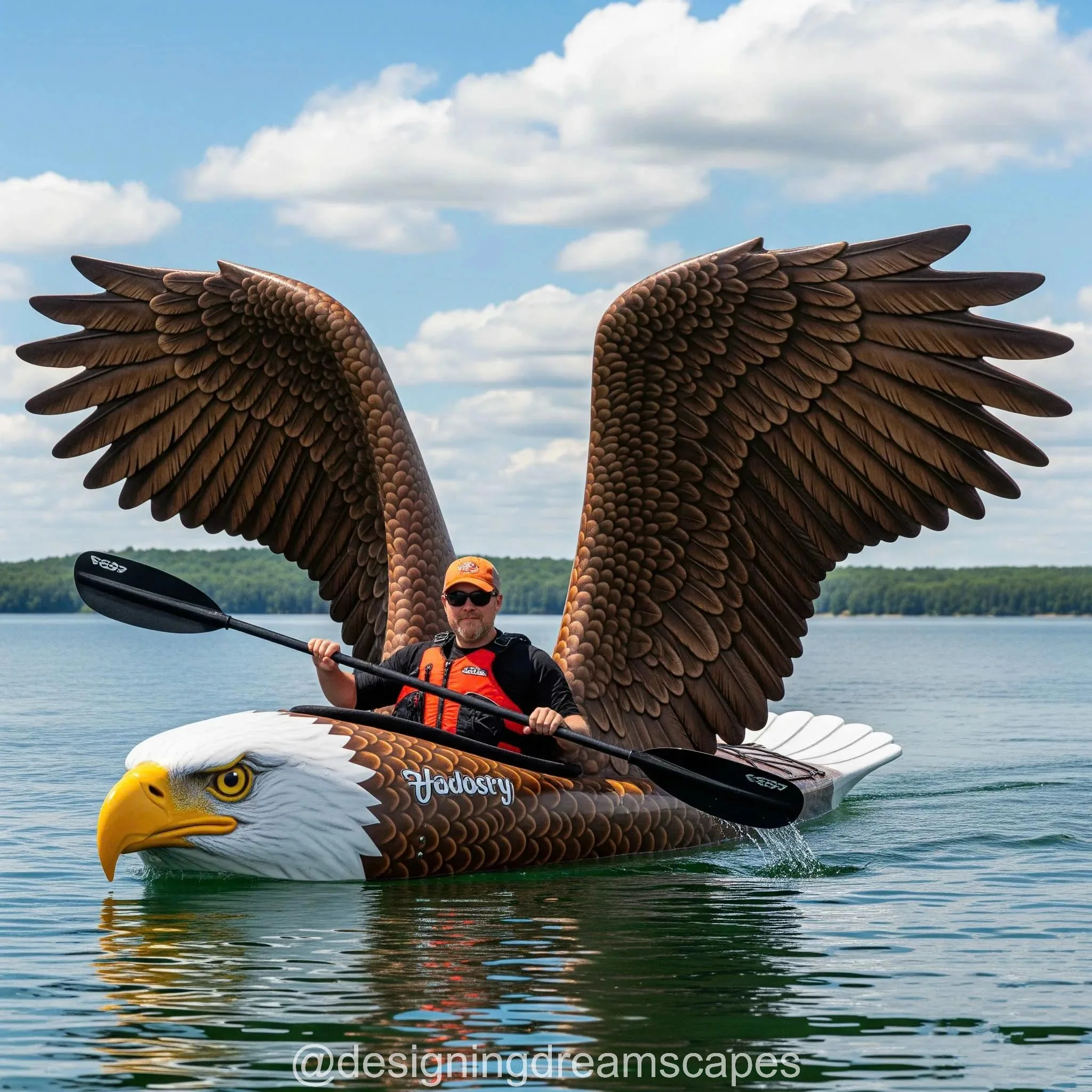
Conclusion
Animal Shaped Kayaks aren’t just a quirky take on personal watercraft—they represent a joyful, creative, and deeply meaningful way to explore nature. They combine artistry, adventure, and individuality in one unique package. Whether you’re gliding through serene lakes in a swan, chasing ocean waves in a shark, or paddling a child-friendly turtle down a calm river, these kayaks invite you to paddle wild with style.
More than just a ride, animal shaped kayaks are a celebration. A celebration of wildlife, human imagination, and our desire to playfully connect with the world around us. As eco-consciousness grows and adventure travel becomes more personalized, the popularity of these kayaks will only rise.
So next time you consider hitting the water, ask yourself—not just where you’ll go, but who you’ll be riding with. Will it be a dolphin? A dragon? A duck? With animal shaped kayaks, the adventure begins before you even hit the water.

